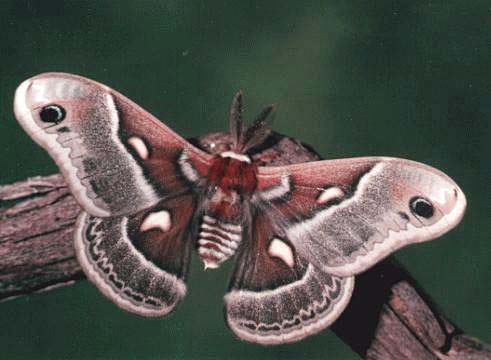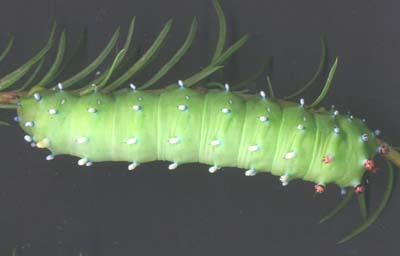Hyalophora columbia columbia
hye-uh-lah-FOR-uhMkuh-LUM-bee-uh
(S. I. Smith, 1865) Samia columbia

Hyalophora columbia columbia moth courtesy of Leroy Simon.
This site has been created by Bill Oehlke.
Comments, suggestions and/or additional information are welcomed by Bill.
TAXONOMY:Superfamily: Bombycoidea, Latreille, 1802 |


